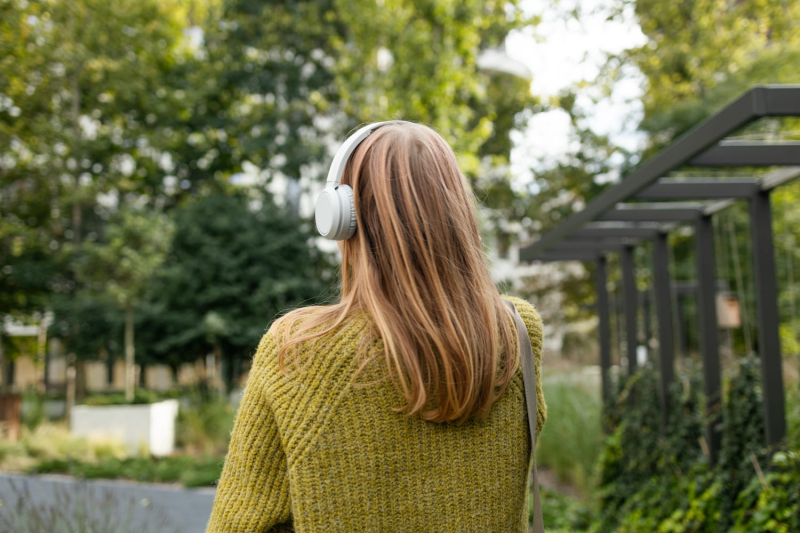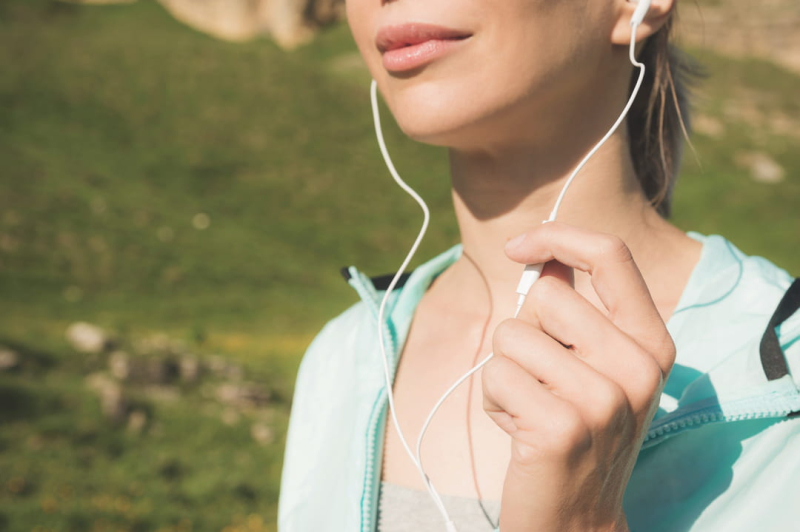While listening to music is a pleasure for many, it should not be overused to protect ;é;light his hearing. This is the time not to exceed. In the car, on public transport, at the gym, at home, music is part of the daily lives of many French people. According to a study by Ipsos for the Centre national de la musique, conducted on 4,035 people in May 2023, the French listen to music for an average of 2 hours and 11 minutes per day, 78% of them spend more than one hour per day and 25% enjoy it for more than three hours per day. While listening to music has many benefits, such as its relaxing properties, you need to pay attention to certain parameters when listening to avoid damaging your hearing. Listening to music too loudly and for too long is not without risk. The damage to your ears can even be significant. Warning signs include ringing in the ears and difficulty holding a conversation at a distance of one meter. Listening for too long and too relatively high volume can cause tinnitus or mild hearing loss, then beyond a certain level there is a significant risk of hearing damage. long term. There are actually three factors to consider: the volume and proximity of the sound, as well as the listening time. For the sound level, the risk starts at 80 decibels (dB). The WHO assures that you can still listen to music without risk for up to 40 hours per week, or about 5 and a half hours per day, of music at this intensity. From 85 dB, you have to be more careful: this drops to 12.5 hours per week, or less than two hours per day. For 90 dB, the proven danger threshold, a maximum of 4 hours per week is still recommended, at 95 dB, it's 1 hour 15 minutes, and 100 dB is equivalent to 20 minutes of listening without risk. Beyond 120 dB, the damage can be irreversible in a few minutes. Exceeding these recommendations can therefore expose you to a risk for hearing. However, the volume of personal audio devices can vary between 75 and 136 dB, except for headphones directly supplied with the associated devices, which are limited to 100 dB. For the volume of music in earphones or headphones, the WHO advises to stay at a maximum of 60% of the sound level possible with the device. Some also have options to limit the decibels. Taking breaks while listening is also important to limit the risks, it is recommended to take 15 minutes every 45 minutes. It is also recommended to alternate listening modes, for example from headphones to the speaker to the radio… This also allows you not to always have the music directly in your ears and to sometimes listen from a distance. 


